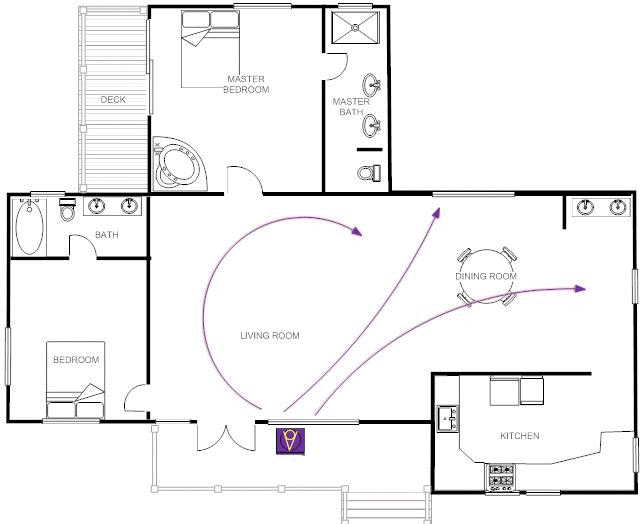EVAPORATIVE AIR COOLING
Expert Tips

WHY EVAPORATIVE COOLING
Evaporative cooling is a physical phenomenon in which evaporation of a liquid, typically into surrounding air, cools an object or a liquid in contact with it.
A simple example of natural evaporative cooling is perspiration, or sweat, which the body secretes in order to cool itself. The amount of heat transfer depends on the evaporation rate, which in turn depends on the humidity of the air and its temperature, which is why one sweats more on hot, humid days.
Evaporative cooling is a very common form of cooling buildings for thermal comfort since it is relatively cheap and requires less energy than many other forms of cooling.
Evaporative air Cooling is especially well suited for climates where the air is hot and humidity is low.
In dry climates, the installation and operating cost of an evaporative cooler can be much lower than refrigerative air conditioning.
Anand Air Cooler uses upto to 90 per cent less than refrigerated units …

HOW TO USE EVAPORATIVE COOLER
Unlike air conditioning, where people are accustomed to closing all doors and windows, "to keep the cool air in", an evaporative cooler requires adequate ventilation and air flow to distribute the cool air through the home and expel warm, moist air through window openings.
Where humidity is high, the Evaporative Cooler should be operated at normal fan type mode.
A cooler operates in its more efficient mode at low speed.
As water evaporates from the pads, dissolved salts and minerals are left behind, this concentration causes scale to be left on the pads, making them hard and less absorbent. Therefore pads should be cleaned whenever necessary. Only dense and thick pads are recommended.
Keep water in your swamp cooler. If the cooling pads become dried out, there will be no water to evaporate and no cooling will take place.
Air coolers typically need to be maintained at the beginning of the summer season, as well as the end of the season.
Before summer begins, removes the panels and clean out any debris in the water pan at the bottom. This will ensure that clean water is getting to the pads and not getting gummed up by leaves, dust, and debris.
Clean out the tray at the bottom of the cooler, and drain the water completely after the season.
The cooler must be disconnected before cleaning.